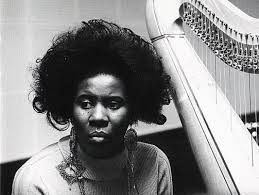Variation might be thought of as a form of repetition; by restating an idea with slight alteration, it brings us to a deeper knowledge of the original version.
French pianist and teacher Yvonne Lefébure. Image via youtube.com.
Think of how useful variation is as a teaching tool. Homework problem sets, for instance, typically focus on one concept by way of a variation. The individual problems change the surface elements and by doing so invite the students to employ the principle under consideration. The variance between the surface elements serves to deepen the students’ grasp of that principle. The greater the variance between problems, the deeper the student’s grasp. The variation heightens our awareness of what has not changed.
Mozart’s 12 Variations on “Ah, vous dirai-je Maman,” performed here by French pianist and teacher Yvonne Lefébure, bears out the idea.
By virtue of its ornamentation of the initial theme, the first variation (which begins at the 0:30 mark) seems to ask, “What does this variation have to do with the theme?” The answer comes by way of our deepened grasp of the theme’s shape and harmonic structure.
Additional variations shift the ornamentation from one hand to the other, change meter, key signature (from major to minor) and make other shifts that illuminate the essential nature of the theme.
Variations therefore add interest, not by drawing our attention away from the original idea but by deepening our understanding of it.
Thank you for reading.





















